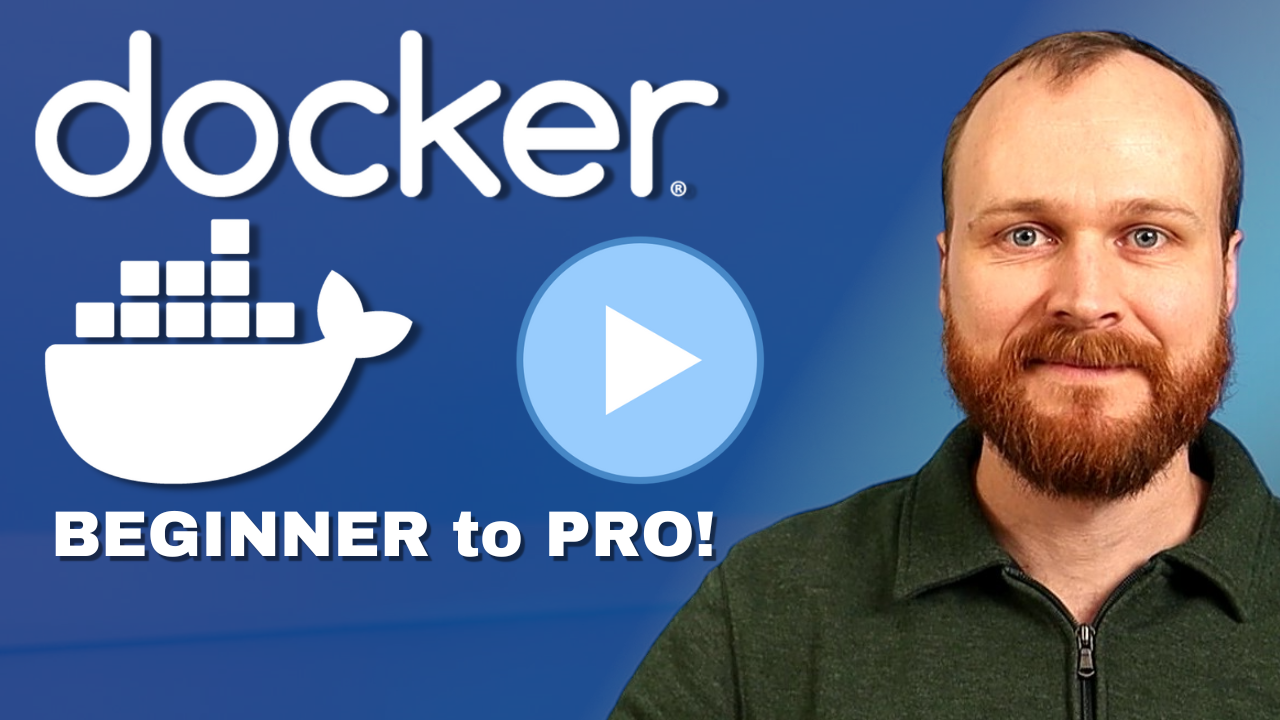1: History and Motivation
Examine the evolution of virtualization technologies from bare metal, virtual machines, and containers and the tradeoffs between them.
2: Technology Overview
Explores the three core Linux features that enable containers to function (cgroups, namespaces, and union filesystems), as well as the architecture of the Docker components.
3: Installation and Set Up
Install and configure Docker Desktop
4: Using 3rd Party Container Images
Use publicly available container images in your developer workflows and learn how about container data persistence.
5: Example Web Application
Building out a realistic microservice application to containerize.
6: Building Container Images
Write and optimize Dockerfiles and build container images for the components of the example web app.
7: Container Registries
Use container registries such as Dockerhub to share and distribute container images.
8: Running Containers
Use Docker and Docker Compose to run the containerized application from Module 5.
9: Container Security
Learn best practices for container image and container runtime security.
10: Interacting with Docker Objects
Explore how to use Docker to interact with containers, container images, volumes, and networks.
11: Development Workflow
Add tooling and configuration to enable improved developer experience when working with containers.
•Developer Experience Wishlist
12: Deploying Containers
Deploy containerized applications to production using a variety of approaches.

Developer Experience Wishlist
So far, we have focused primarily on getting our container images ready for deploying to production, and haven't focused on the developer experience.
Key DevX Features:
-
Easy/simple to set up: Using docker compose, we can define the entire environment with a single yaml file. To get started, team members can issue a single command
make compose-up-buildormake compose-up-build-debugdepending if they want to run the debugger or not. -
Ability to iterate without rebuilding the container image: In order to avoid having to rebuild the container image with every single change, we can use a bind mount to mount the code from our host into the container filesystem. For example:
- type: bind
source: ../05-example-web-application/api-node/
target: /usr/src/app/
-
Automatic reloading of the application:
- React Client: We are using Vite for the react client which handles this handles this automatically
- Node API: We added nodemon as a development dependency and specify the Docker CMD to use it
- Golang API: We added a utility called
air(https://github.com/cosmtrek/air) withinDockerfile.devwhich watches for changes and rebuild the app automatically.
-
Use a debugger:
- React Client: For a react app, you can use the browser developer
tools + extensions to debug. I did include
react-query-devtoolsto help debug react query specific things. It is also viewed from within the browser. - Node API: To enable debugging for a NodeJS application we can run
the app with the
--inspectflag. The debug session can then be accessed via a websocket on port9229. The additional considerations in this case are to specify that the debugger listen for requests from 0.0.0.0 (any) and to publish port9229from the container to localhost. - Golang API: To enable remote debugging for a golang application
I installed a tool called delve (https://github.com/go-delve/delve) within
./api-golang/Dockerfile.dev. We then override the command used to run the container to use this tool (see:docker-compose-debug.yml)
- React Client: For a react app, you can use the browser developer
tools + extensions to debug. I did include
-
Executing tests: We also need the ability to execute our test suites within containers. Again, we can create a custom
docker-compose-test.ymloverlay which modifies the container commands to execute our tests. To build the api images and execute their tests, you can executemake run-testswhich will use thetestcompose file along with thedevcompose file to do so. -
Continuous integration pipeline for production images
-
Ephemeral environment for each pull request
In the following lessons we will address all of these!